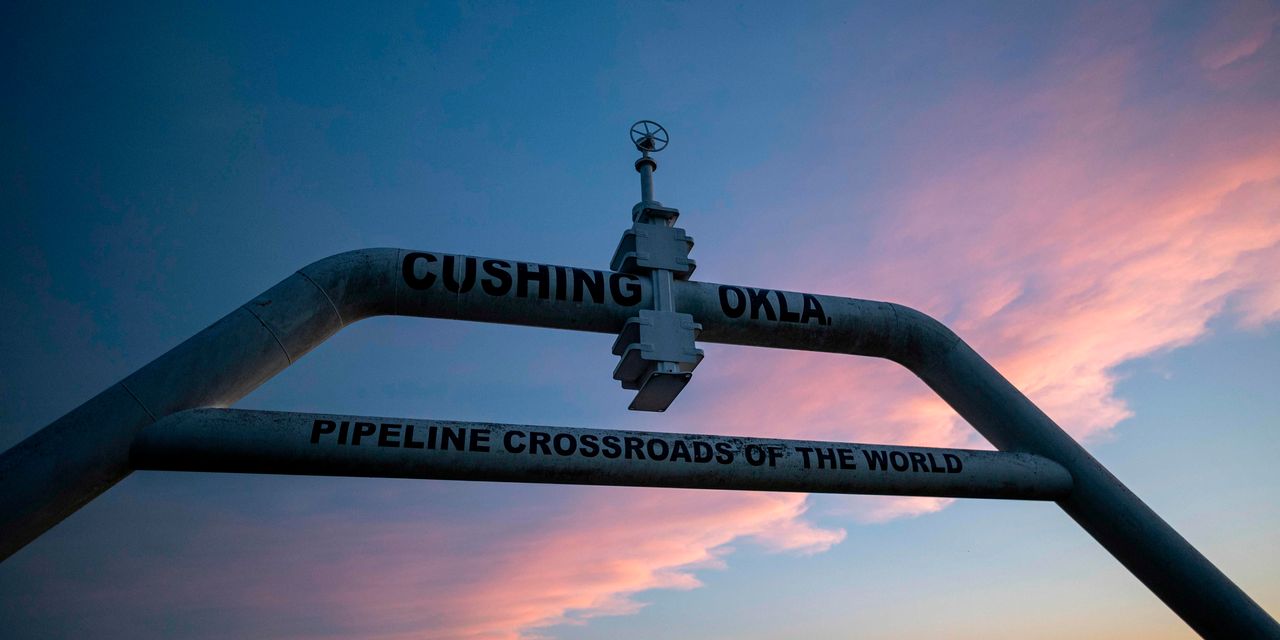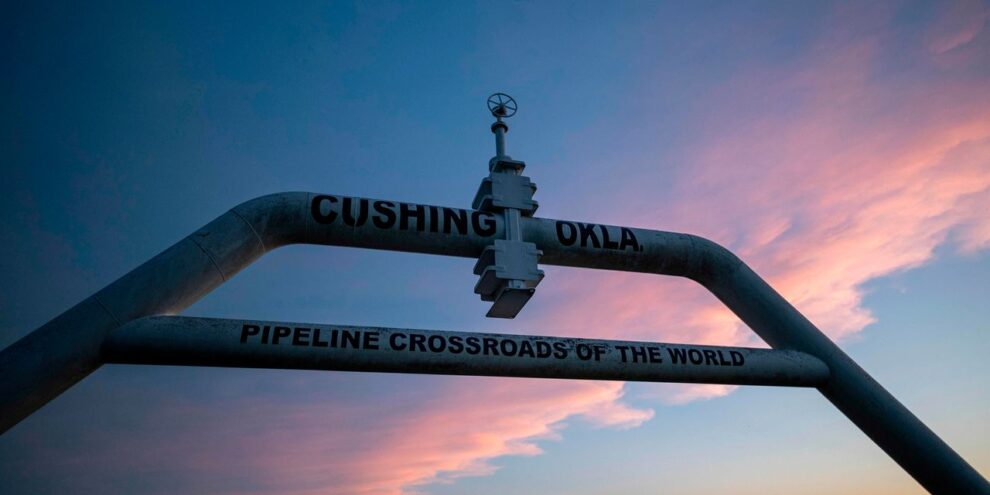
Pipelines are undergoing a renaissance, but it’s not the one you think.
The previous renaissance of shale oil and natural gas development was anything but a good outcome for this industry. Capital-intensive industries, contrary to common opinion, don’t benefit from increased demand for their product. Increased demand attracts competition. In a capital-intensive business it is difficult to increase your capacity just a little. These industries don’t work that way, and here is why: larger investments bring lower costs on a per-unit basis. But when everyone does this it also brings lower prices (revenues) per unit.
To make things more complicated, the pipeline industry is structured as master limited partnerships (MLPs). MLPs are mostly owned by retail investors who hold them to get one shiny object — yield. These companies generate enormous cash flows, while maintenance capital expenditures — basically, the expenses of maintaining their pipelines – are relatively small (10%-20% or so of their cash flows).
To grow cash flows, once a company has an established pipeline network, it can do any number of things: raise prices for transporting products in its pipelines or make small investments to improve the interconnectivity of its pipelines, thus increasing the value of the pipelines to its customers, which also brings higher prices. It can send more products through its pipelines (of course, they are limited by capacity).
A company can also do big things — build new pipelines, for instance. Improvements in oil and natural gas extraction technologies brought an enormous amount of petrochemicals to the surface, and they need to be transported.
Here is the problem. Since their investors were attracted to dividends, these companies would pay out most of their cash flows in that form, and whatever cash flows were left they’d put into new projects. Except those cash flows were not enough, so they’d borrow a lot of money.
But even borrowing was not enough, so they would pay large dividends and then issue shares (MLP units). They’d pay 6% dividends and then turn around and issue 3% of new shares. Retail investors were delighted to collect 6%, ignoring the fact that the pie now needed to be shared with 3% more shareholders (the stock price would decline accordingly).
From 2008 to 2014 none of those things mattered. Investors infatuated with high- and rising dividends drove up the share prices of these companies. This party ended in 2014, when lower oil prices exposed overcapacity in the industry.
The renaissance of today is the one of cash generation. The pandemic and low commodity prices increased uncertainty in the industry, and pipeline companies stopped investing in new projects and have thus been generating enormous cash flows. In our conversations with these companies we learned that this trend did not start in 2020 but a few years back, as their shareholder base changed from retail to institutional investors. These companies generate cash flows and then decide what is the best use for the cash (after they pay a reasonable dividend).
We spent a lot of time analyzing pipelines in January 2020. Two companies stood out back then: Magellan Midstream Partners MMP, +2.85% and Enterprise Products Partners EPD, -0.05%. At the time we decided not to invest — the shares were not cheap enough for us, but 10 months later, they were.
Magellan Midstream Partners (MMP) is in a category of its own. It has by far the best capital-allocation record in the industry — a higher return on capital and the least (almost no) share issuance. MMP focuses on transmitting refined products (gasoline, diesel, jet fuel). It has little competition in its pipeline routes and is often a sole supplier. The beauty of the pipeline business, if it is run properly, is that it is mainly a fee-for-service business where the supplier often guarantees minimum revenues.
One concern we had with MMP was electric cars: They don’t run on gasoline. We did a lot of modeling and realized that it will take a long time before gasoline goes away. Even if sales of electric cars increase, which we think they will, the number of gasoline cars on the roads will remain stubbornly high for a long time. Electric semi-trucks are a decade behind electric cars, and airplanes are behind semi-trucks. Also, as demand for gasoline declines, pipelines will be able to raise prices (like cigarette companies are doing today).
As of this writing MMP is a $41 stock or so. It is earning about $4 today and should earn about $5.50 in 2024. It pays about $4 a share of dividends. As things come back to post-pandemic normal and its free cash flows grow, the company will either buy back stock or increase its dividend. Over the next four years we will collect at least $16 of dividends. MMP should be trading at least at 15x earnings or $75. It was in the low $60s at the beginning of 2020 (and the 2017 high was $80). We’d argue that high, sustainable, growing dividend payments are more valuable in a near-zero (during and post pandemic) interest rate environment. Combine this with dividends, and MMP is worth around $91 to us. The stock finished trading on Feb. 19 at $41.49.
Enterprise Products Partners (EPD) is the largest pipeline company in the US. Its main focus is on natural gas. Size is important in this industry. Pipelines are networks that connect producers with refineries and transportation hubs. As prices vary at various points, flexibility of this network allows producers to send their commodities to the points where they’ll get paid the most. Also, 89% of EPD’s revenue is from fees for services (take or pay contracts). We like EPD’s exposure to both natural gas and natural gas liquids, because most of these products are used in manufacturing (plastics) and the generation of electricity.
EPD was not shy about spending money on new pipelines over the past five years, but neither was it shy about issuing new units (this was another reason for our initial hesitation about the company). EPD recently announced that it is slashing its capital expenditures to $800 million from $4 billion in 2019. EPD’s free cash flow (operating cash flow less capital expenditures) is due to explode from $1.77 in 2020 to $2.50-$2.75 in around 2022 or 2024.
Our confidence in EPD is boosted by the fact that a third of EPD units are owned by the Duncan family (Dan Duncan, EPD’s founder, passed away in 2010). The Duncans have been a significant buyer of EPD stock lately.
EPD pays a $1.80 dividend, so over the next four years we’ll collect at least $7.20 in dividends. The stock should be trading at 15 times free cash flows, or $37.50 or so. Add dividends, and over four years EPD is worth $44 to us, give or take. The stock closed on Feb. 19 at $21.56.
This speculative market will come to an end. Learn more from The 6 Commandments of Value Investing. To read more articles, go to ContrarianEdge.com or listen to them at Investor.FM
Vitaliy Katsenelson is chief investment officer at Investment Management Associates in Denver, which as of publication holds long positions in Magellan Midstream Partners and Enterprise Products Partners.
More: These ETFs can give you high dividend yields with relatively low risk
Plus: Warren Buffett’s shareholder letter could lift Berkshire Hathaway stock. What investors want to see











Add Comment